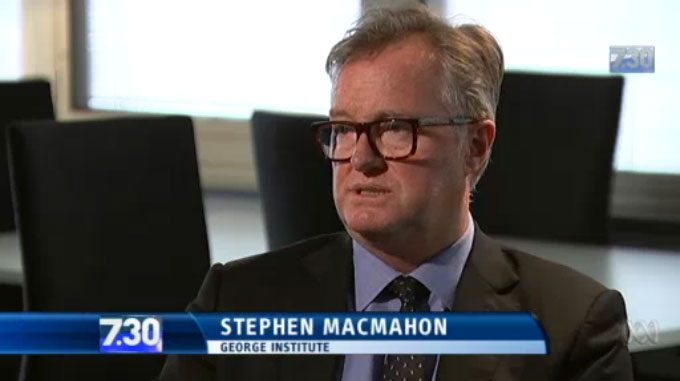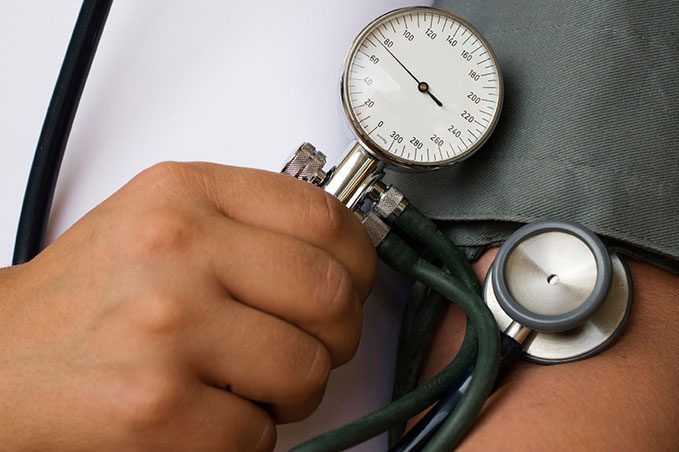Prof Vlado Perkovic: Shaping healthcare around the world
"We urgently need to move away from archaic models of care and work out what an optimal, 21st century healthcare system looks like."
"We urgently need to move away from archaic models of care and work out what an optimal, 21st century healthcare system looks like."


Exercise, alone or in combination with education, is effective for preventing lower back pain. That is the central finding in a new study published today in JAMA Internal Medicine.
Participation in yoga programs can improve balance, provide a safe and enjoyable form of exercise and may reduce the risk of falls for older Australians, researchers say.


With the launch of an innovative nutrition application FoodSwitch, Chinese customers will be empowered to make healthier food choices and prevent diet-related ill health.
The George Institute for Global Health today launched an innovative nutrition application – FoodSwitch – aimed at helping Indians make healthier food choices and cutting the epidemic of chronic lifestyle diseases.
"India possesses the ideal combination of the right skill sets and testing environments to generate innovative and disruptive models of healthcare delivery, and evaluate their scalability and affordability in real life situations."